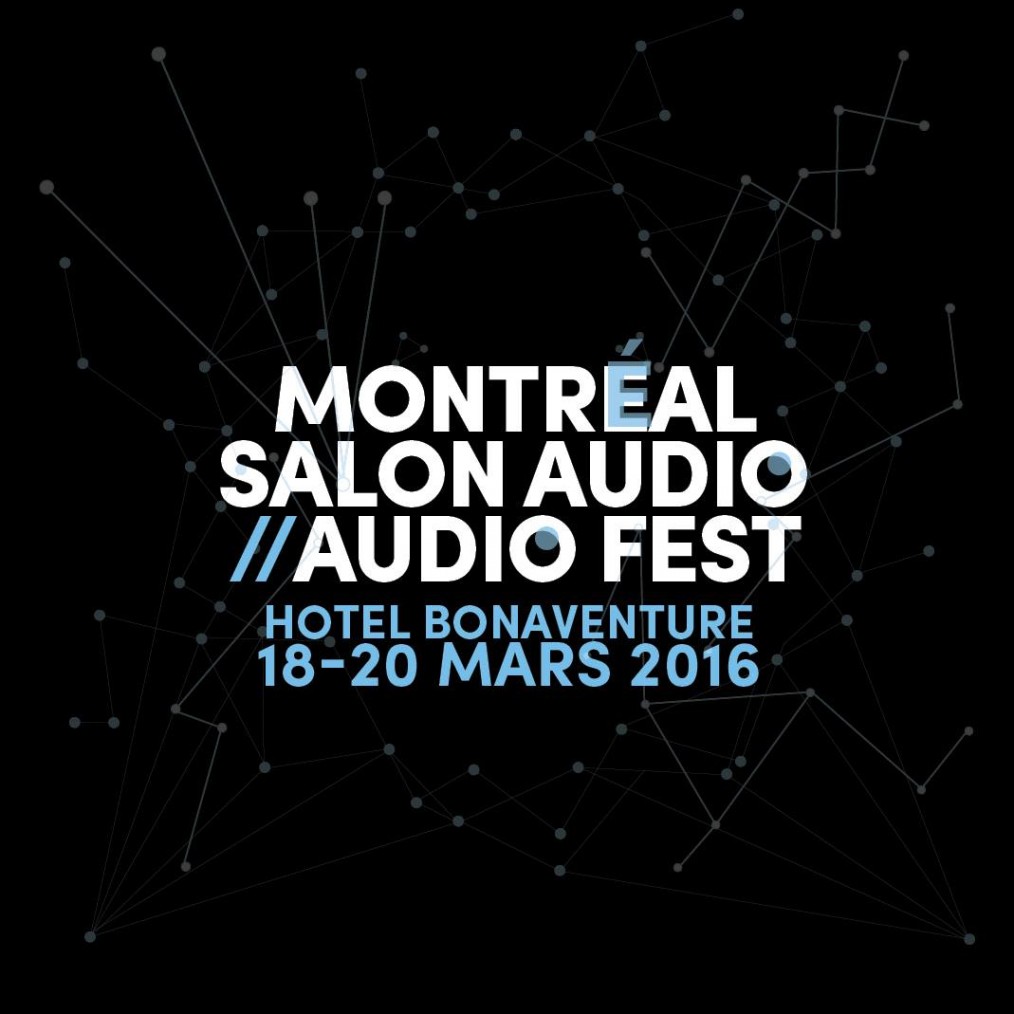One of our customers recently got hearing aids (smaller than the oldschool one pictured above :-)). He’s using them while listening, with positive results, and wrote about his experience:
MY ADVENTURES OBTAINING HEARING AIDS FOR MUSIC
My hearing loss started in 1967 while going through US Army Basic Training. The Army did not believe it was necessary to use hearing protection while firing a M14 rifle hundreds of times. I noticed some high end hearing loss at that time but not enough to consider hearing aids. I mostly noticed it when trying to carry on a conversation in a loud environment.
Fast forward to 3-4 years ago and I started noticing I was having a harder time hearing and understanding conversation. I tried getting hearing aids from the VA, but that was a total waste of time. While I was waiting for the VA to act, I started doing research on hearing aids and music. I was able to find a number of older articles mostly referring to a “K amp” hearing aid (most of the articles were by a doctor of audiology out of Canada – Dr. Marshall Chasin). However, I could not find the K amp being produced any longer (this was about 2 years ago) (more about the K amp below in NON-AUDIOLOGIST HEARING DEVICES).
I read a lot online about the advantages of digital hearing aids for speech but the negative effects for music. A short summary of the issue is that music is heard over a broader range than speech and the Analog to Digital processor (A/D) in the hearing aid had an upper limit lower than needed for most music. A proposed solution was called ‘raise the bridge”, the idea to raise the lower end starting point which results in the top end also being raised, to a point that is not detrimental for music appreciation. There is more on this in the article linked below.
Fast forward again to about 6-8 months ago when I received the VA rejection of my claim, I decided to proceed with purchasing hearing aids and 2 interesting things occurred about that time.
1. I read an article from the same Dr. Marshall Chasin comparing 2 similar digital hearing aids from the same manufacturer, Widex;. One with and the other without the raise the bridge technology. He had conducted a test with musicians with hearing aids trying out the 2 types. The raise the bridge version was a clear winner for music. Here is the link to the study.
http://www.hearingreview.com/2014/01/a-hearing-aid-solution-for-music/
2. On the internet, I found articles talking about a change in Federal Government policy that would now allow companies to sell “hearing devices” directly to consumers. I found two companies advertising K amp hearing devices for music, see below.
Though much less expensive that the hearing aids from an audiologist, I did not go with the hearing devices as I also wanted the benefits for speech recognition to be gained by a programmable digital hearing aid. I decided on the Widex Dream, the winner of the test from #1 above. It also has separate programs one of which is a music program that turns off the filters that are used in the speech program.
NON AUDIOLOGIST HEARING DEVICES – these devices are not programmable but are designed for use with the most common hearing loss, high frequency loss.
The first I found was the BEAN. It is made by Etymotic which is the company that invented the K amp. The Bean is an ITE (in the ear) design and I believe can only be purchased online from Etymotic.
The second device is the Simplicity Hi Fidelity 270 made by General Hearing, which had made a hearing aid using the K amp many years ago. I believe there are other similar models from General Hearing. The Simplicity can be purchased online and at Walmart / Sam’s Club (Sam’s Club was quite a bit less expensive). This is an OTE design (open ear mini-BTE [behind the ear]). The OTE may be easier to use for the occasional user and has an easy to reach volume control on each device. (My WIDEX is on OTE and I found the OTE style very easy to use right from the start.)
By the way, I have found the Widex Dream with the music program to offer an improvement in the listening experience. I am now hearing a much wider sound stage than before having hearing aids.
I hope this helps clear up some of the confusion about hearing aids and music.
Over the years, I’ve had private conversations with many people about hearing loss, and its impact on music appreciation and critical listening, so I thought this would be a useful post. Our customer has offered to answer questions here. I’m really happy that he’s had such a positive experience. Soundstage and the ability to hear into the recording space is dependent on many soft sounds and room cues. These conversations have also taught me that our brains learn to hear better with practice, even with measurable hearing loss including significant asymmetry between the hearing ability of our two ears.




